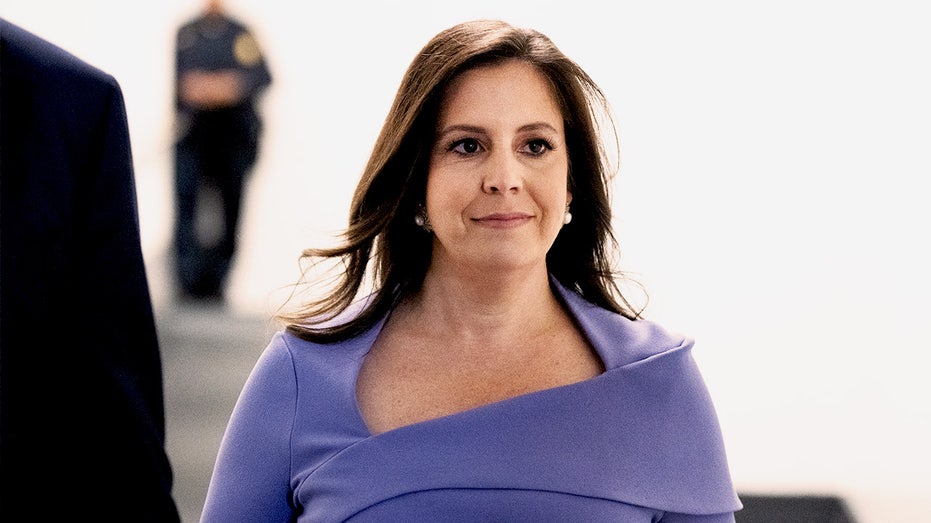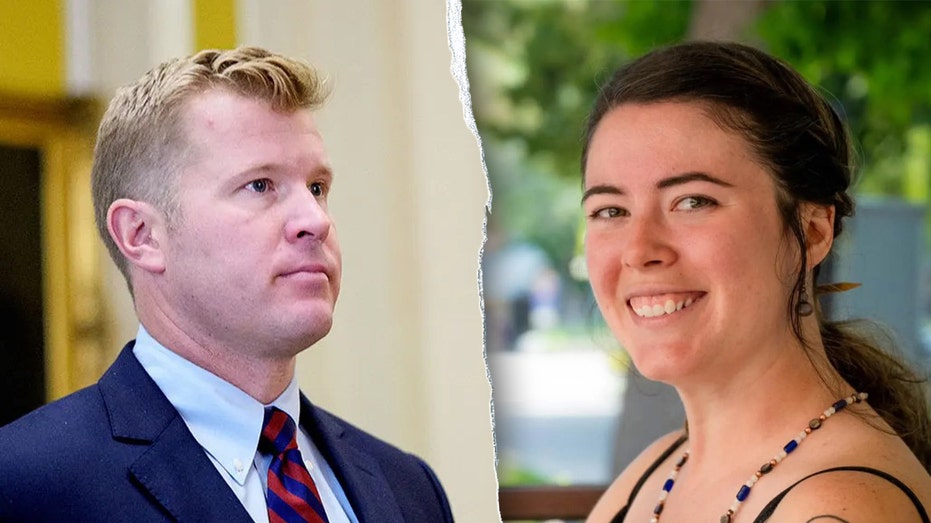The image of Senator Schumer on the Senate floor circulated rapidly, a snapshot of a moment steeped in political maneuvering. But beyond the immediate debate, a deeper narrative was unfolding – one concerning how the story itself was being told.
A recent analysis revealed a striking imbalance in television news coverage during a period of government shutdown. The study focused on ABC, CBS, and NBC evening newscasts, meticulously examining every report between October 1st and October 31st, 2025.
The findings were stark: a full 87 percent of the coverage demonstrably favored Democrats. While anchors and reporters voiced 83 critical statements directed at Republicans, a mere twelve were leveled against Democrats. The disparity wasn’t accidental; it was a pattern.

Crucially, the study highlighted a consistent omission. Only a small fraction of reports – less than one-fifth – acknowledged that Senate Democrats had repeatedly rejected a clean continuing resolution to fund the government. This vital context was often absent, shaping public perception.
The coverage frequently framed the situation as the Trump administration “pressuring Democrats” or Republicans demanding action, subtly shifting blame away from the Democrats who were actively blocking a funding bill. The narrative was carefully constructed, omitting key details.
This wasn’t an isolated incident, but a continuation of a long-observed trend. For years, concerns have been raised about the media’s role as an advocate for one political side, a perception now seemingly validated by concrete data.
The timing of this coverage coincided with crucial elections, raising questions about its potential influence on voter decisions. Democrats appeared to strategically leverage the shutdown, relying on the media to portray Republicans as responsible for the impasse.
The analysis suggests a deliberate strategy: by controlling the narrative, Democrats sought to gain an electoral advantage. And, according to the study, the media comprehensively fulfilled its role in that plan.
Interestingly, this dynamic is occurring against a backdrop of declining public trust in the media. More and more people are recognizing the potential for bias, becoming increasingly skeptical of the information presented to them.
The study doesn’t offer solutions, but it does provide a clear picture of a media landscape where objectivity appears increasingly compromised, and where the story isn’t always what it seems.





